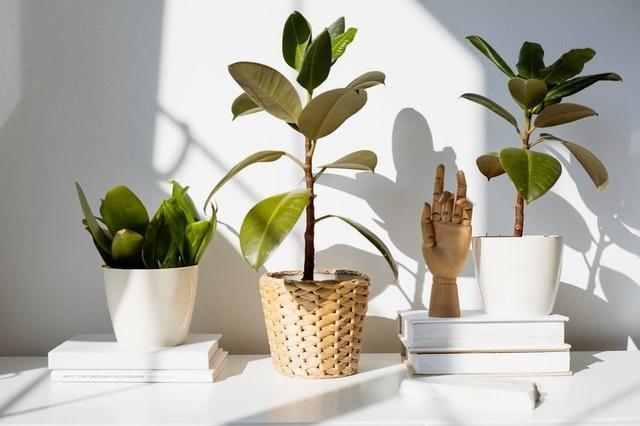Picking out flowers and plants as gifts can be an easy and blissful task, especially when you know exactly what you are looking for. However, introducing a houseplant to your home can either be daunting or exciting, depending on how prepared you are for the change that comes with it. Succulents, ficus lyrata (fiddle-leaf figs), bamboo palm, and orchids are great houseplants that could benefit you and your home.
Still, there are a few things to consider before buying indoor plants for your home. Doing a little research prior to your indoor plant-shopping excursion can save you from making a decision that would end in disappointment.
Things to Consider Before Buying Indoor Plants
Here are a few things to consider before buying indoor plants.
Children and pets
Before making a rushed purchase for a new houseplant, you should first account for how the new plant will get along with your kids and pets. When it comes to pets, even a nibble on a leaf can make them sick – depending on the plant’s level of toxicity.
Luckily, the ASPCA’s extensive database provides information on plants that are poisonous to cats or dogs. Checking every plant on the database is the best way to guarantee that you aren’t bringing home a potentially toxic indoor plant.
For your children’s safety, you should consider plant placement. Large, floor-standing plants might accidentally fall when knocked over and injure young kids or tempt your toddler to go digging through the potting soil. So, it would be better to opt for plants such as trailing ivy that can be placed on top of kitchen cabinets.
Maintenance
It helps to be aware of how much time you are able and willing to devote to your plant. High-maintenance plants are less likely to survive under your care if you are rarely home since they require a higher level of repositioning, pruning, and watering.
If your schedule doesn’t allow you to make such a commitment, then you would be better off sticking to low-maintenance houseplants. The last thing you want is to bring a plant home only for it to wilt or develop overgrown foliage. Easy-to-care-for houseplants such as snake plants can thrive even if you occasionally forget to water them, plus they are bug-resistant.
Space
Some indoor plants grow up to 10 feet tall, so before bringing such a plant home, it is important to make sure you have the headroom to let it grow and spread its wings (leaves). On the other hand, there are small, accommodative plants that can easily acclimate to the confines of your home without feeling overcrowded or neglected.
Before buying an indoor plant, look around your home and carefully pick a spot that best suits your new plant. Moving a houseplant from one room to the next is not only tedious but could potentially put it in shock – plants like to stay in the same space they first acclimated to.
Humidity
Your home’s humidity levels can be determined by a variety of factors, including:
- Your heating system
- How long you keep your humidifier running
- Your location
Keep in mind that different house plants need different humidity levels to thrive. For instance, a succulent like jade can tolerate dry air, while tropical plants such as monstera need a little moisture in their atmosphere. In case your heart is set on a plant that does not match your home’s humidity levels, you could always invest in a dehumidifier or humidifier to suit its atmospheric needs.
Lighting
Houseplants need adequate exposure to natural light to grow, thrive, and survive. Fortunately, most indoor plants flourish in indirect natural light, while other indoor plants come with labels that specify how much light they need. Still, it is important to play safe and look out for tell-tale signs of when your plant is receiving too little or too much light.
Bring home an indoor plant today
Bringing home an indoor plant is one of the best ways to make the space your own. So why not head on over to the nearest garden center or your local nursery and get yourself a houseplant?




